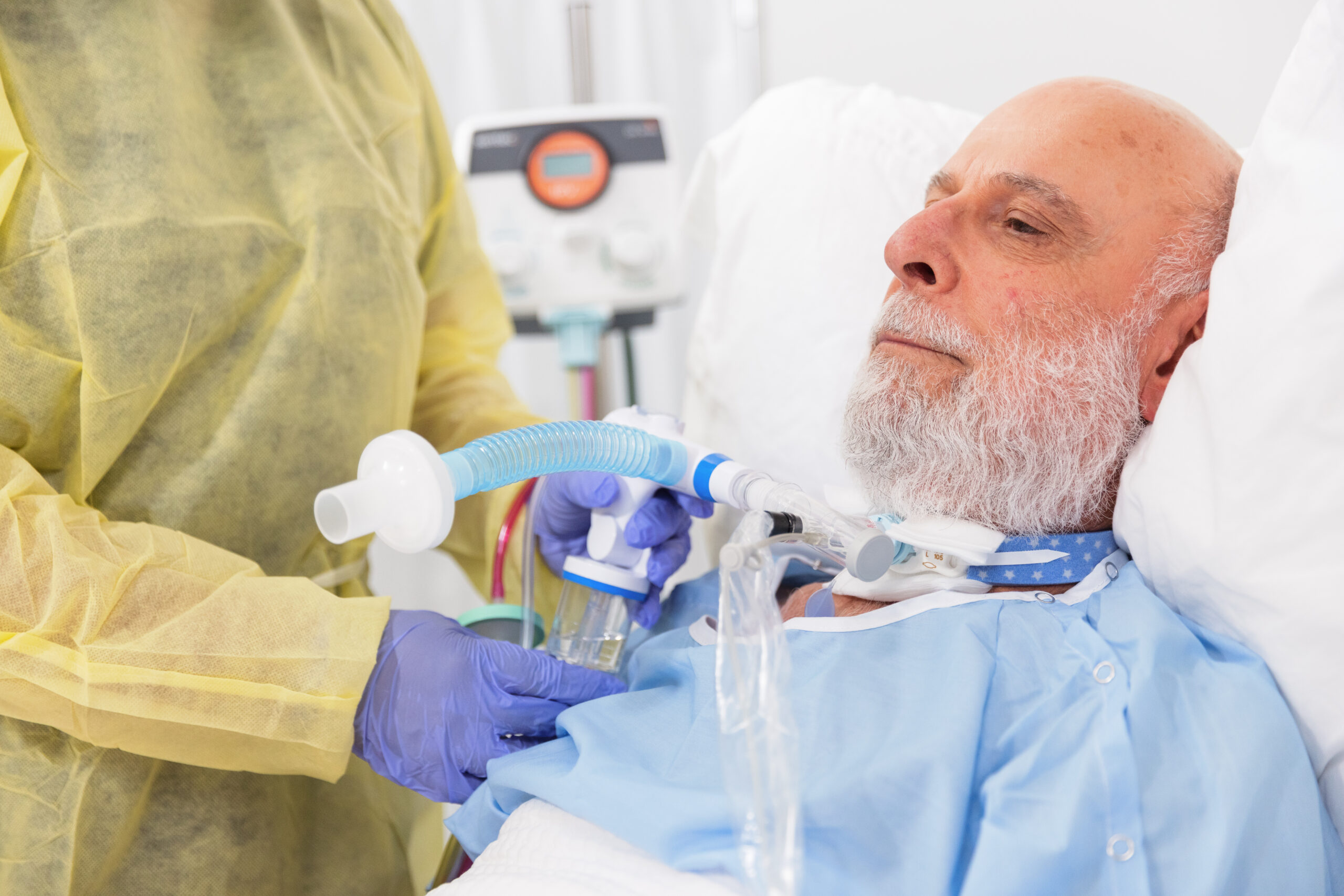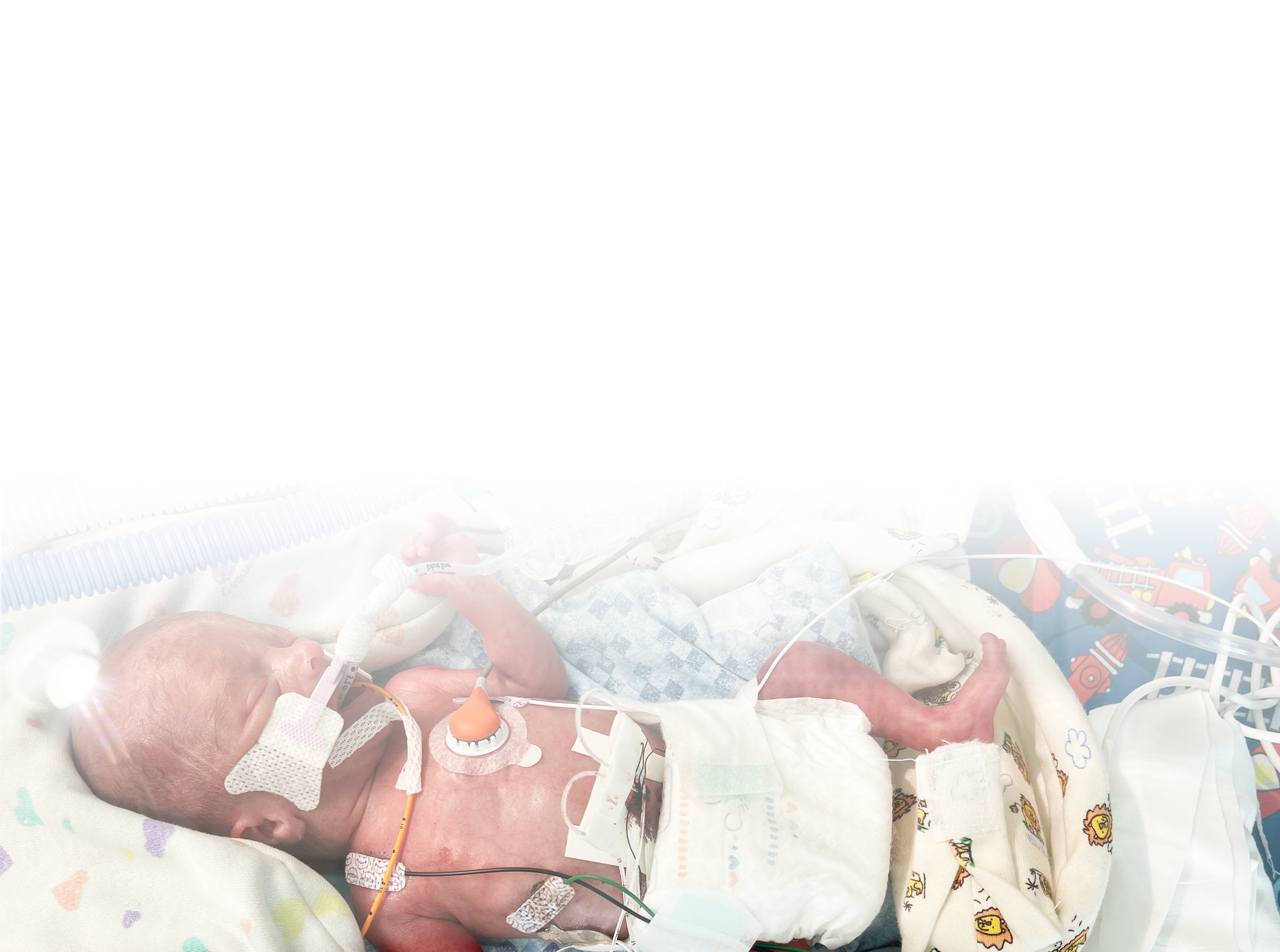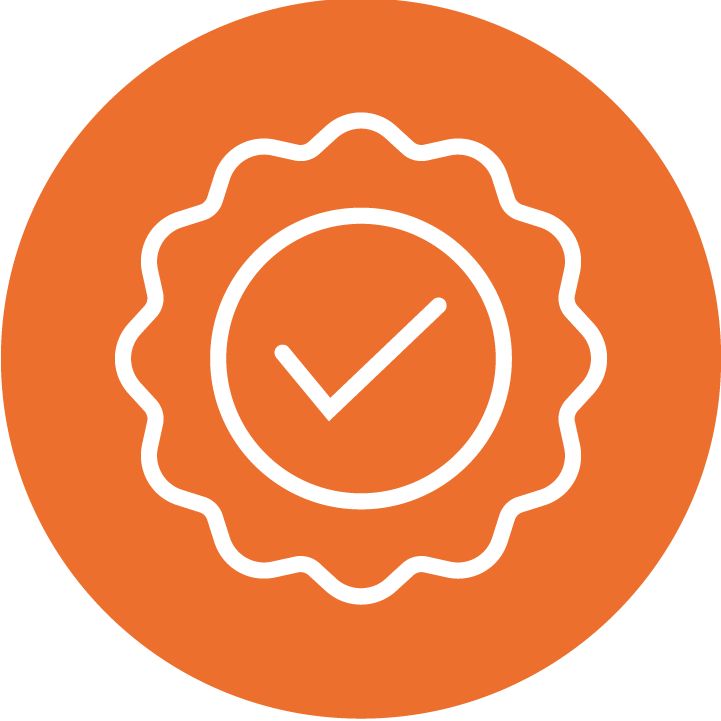Accurately measure CO2 throughout the night without disturbing sleep.
Sentec transcutaneous technology offers continuous, noninvasive CO2 and SpO2 values that are accurate across patient populations and conditions regardless of ventilation strategy – with site times and settings that support sound sleep.
Accurately measure CO2 throughout the night without disturbing sleep.
Sentec transcutaneous technology offers continuous, noninvasive CO2 and SpO2 values that are accurate across patient populations and conditions regardless of ventilation strategy – with site times and settings that support sound sleep.
Accurately measure CO2 throughout the night without disturbing sleep.
Sentec transcutaneous technology offers continuous, noninvasive CO2 and SpO2 values that are accurate across patient populations and conditions regardless of ventilation strategy – with site times and settings that support sound sleep.
Transcutaneous CO2 enables better data for doctors and better sleep for patients
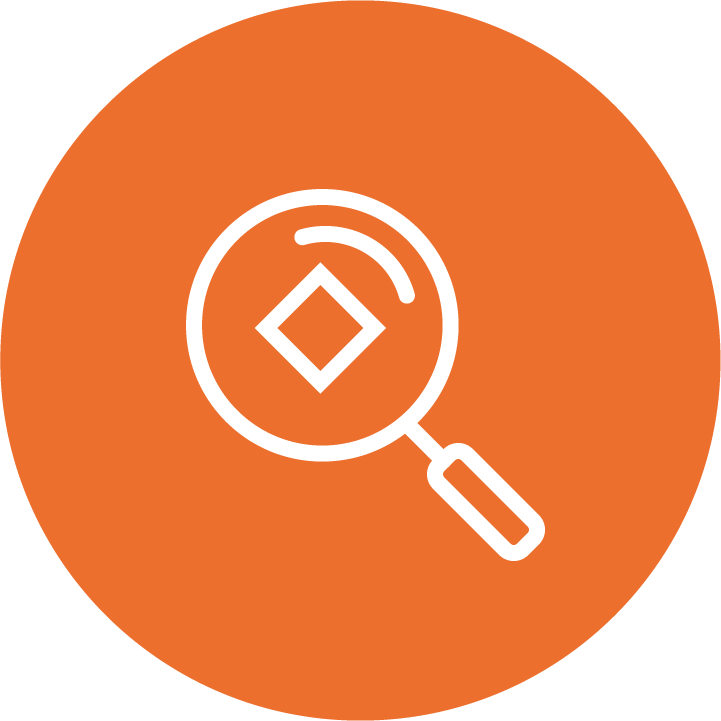
Accuracy Matters
TCM overcomes the inaccuracy issues of end-tidal, regardless of ventilation strategy.
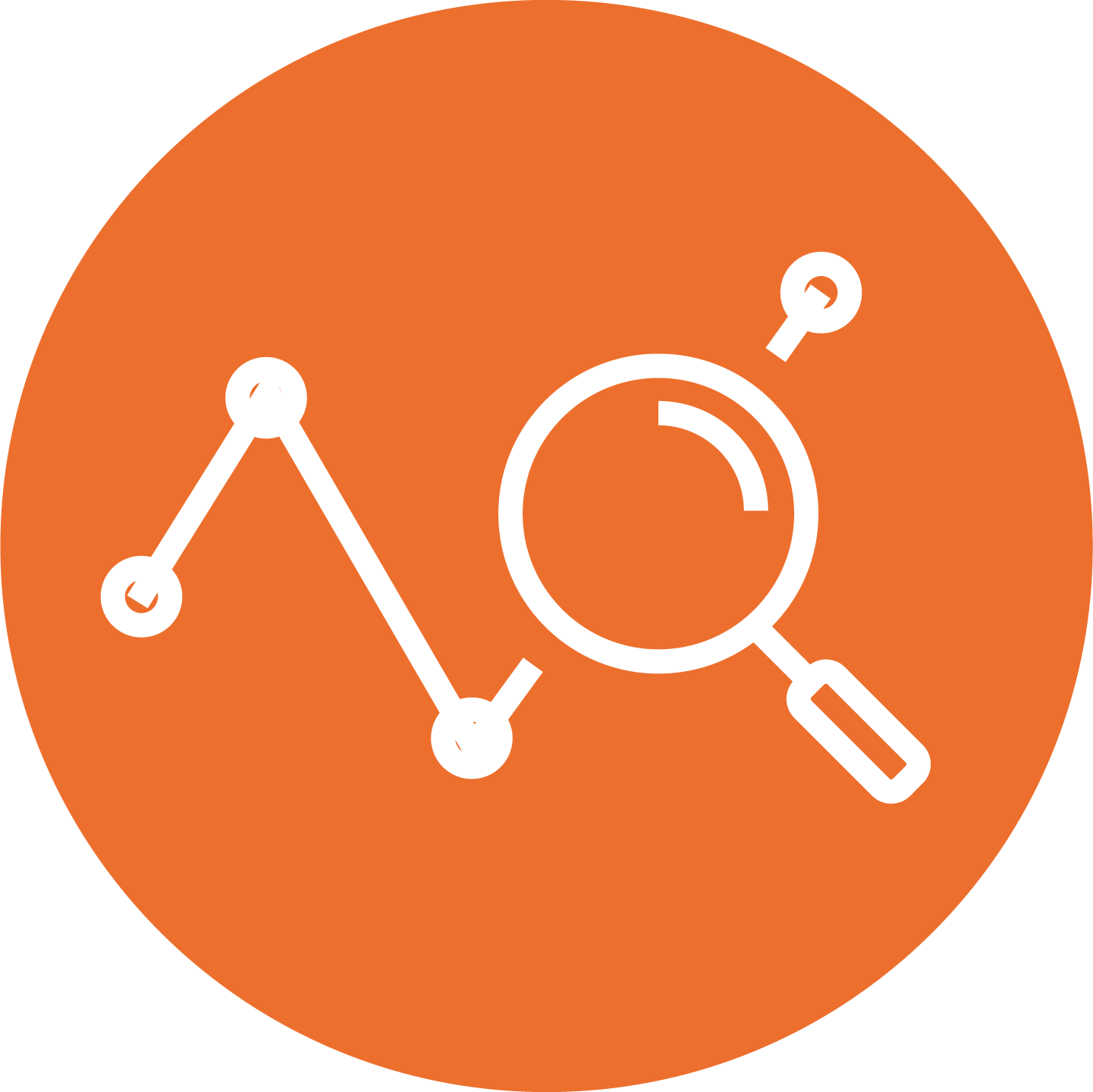
Support Split Studies
Capture CO2 data of an entire split study continuously, without switching device, sensor, or site.
Better Rest – Better Data
Comfortable, unobtrusive monitoring supports uninterrupted sleep while algorithms exclude artifacts – leading to better data for clinical decision making.
TCM IN THE SLEEP LAB
The Benefits of Continuous Noninvasive CO2 Monitoring in the Sleep Lab
In sleep diagnostics, continuously monitoring CO2 levels is important to assess nocturnal hypoventilation and titrate noninvasive ventilation. Transcutaneous monitoring offers CO2 and SpO2 values with excellent accuracy across patient populations and conditions, regardless of ventilation strategy – all while supporting sound sleep.
TCM IN THE SLEEP LAB
The Benefits of Continuous Noninvasive CO2 Monitoring in the Sleep Lab
In sleep diagnostics, continuously monitoring CO2 levels is important to assess nocturnal hypoventilation and titrate noninvasive ventilation. Transcutaneous monitoring offers CO2 and SpO2 values with excellent accuracy across patient populations and conditions, regardless of ventilation strategy – all while supporting sound sleep.
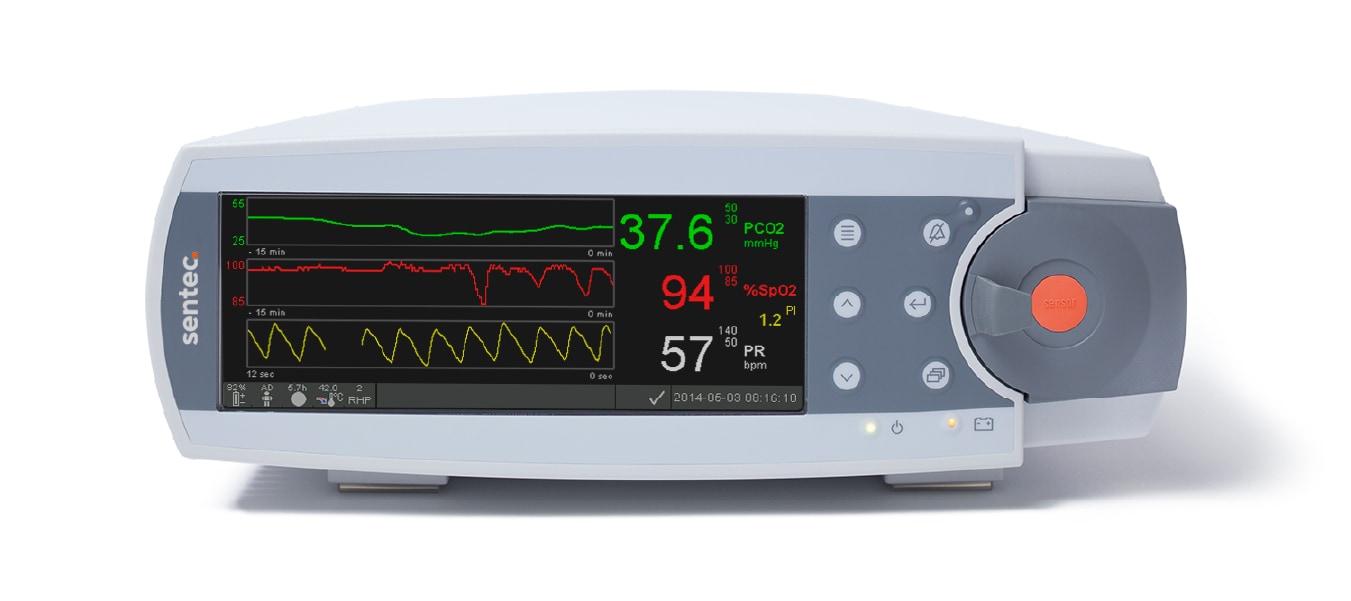
Benefits for Patients
Benefits for Providers
Benefits for Facilities
IPV Evidence Brochure
Blood draws for lab work are well-established as one of the main drivers of anemia of prematurity leading to a high rate of transfusion in the NICU. Learn more about the problem and how transcutaneous monitoring can be part of the solution.
Transcutaneous CO2 Monitoring for Neonates
Blood draws for lab work are well-established as one of the main drivers of anemia of prematurity leading to a high rate of transfusion in the NICU. Learn more about the problem and how transcutaneous monitoring can be part of the solution.
IPV Evidence Brochure
Blood draws for lab work are well-established as one of the main drivers of anemia of prematurity leading to a high rate of transfusion in the NICU. Learn more about the problem and how transcutaneous monitoring can be part of the solution.
Transcutaneous CO2 Monitoring for Neonates
Blood draws for lab work are well-established as one of the main drivers of anemia of prematurity leading to a high rate of transfusion in the NICU. Learn more about the problem and how transcutaneous monitoring can be part of the solution.
